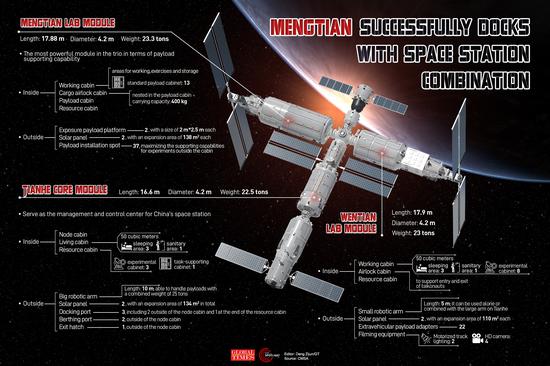
Mengtian successfully docks with space station combination (Graphic: Deng Zijun/GT)
The Mengtian, the third and last part of the three-module China Space Station basic structure that docked with the orbiting combination of earlier modules early on Tuesday, is expected to carry out a transposition maneuver on Thursday, after which the China Space Station will complete the formation of the T-shape structure.
Sources with the China Manned Space Agency (CMSA) confirmed with the Global Times on Wednesday that the transposition of the Mengtian from the Tianhe's forward docking port to the space station core module's docking ring on the side will happen on Thursday.
The Wentian, the first space station lab module, completed its in-orbit transposition on September 30, which marked the first time that China has completed the in-orbit transposition of a large-scale spacecraft cabin by applying transfer facilities, according to the CMSA.
During the transposition, the Wentian lab module first completed its state configuration and separated from the space station's core module, the Tianhe. Later, the Wentian conducted its transposition and then docked with the side port of the space station's node cabin. The Wentian's transposition took about one hour, according to the CMSA.
Yi Zhikun, chief designer of the manned space product department of the Shanghai Academy of Spacecraft Technology (SAST,) the main contractor and developer of the Mengtian lab module, told the Global Times that the Mengtian's transposition, just like the Wentian's operation, will involve similar stages such as the unlocking and separation of the lab module from the core module's forward port, and the berthing, locking and sealing with the side port after the transposition to form a two-way passage between the modules.
"Only when the three modules complete their assembly and form the T-shape structure in orbit, can we declare that we have achieved all preset goals. Only when they complete the T-shape basic structure, can the power supply, information and thermal control systems deliver their best performances and support relatively larger experiments," Bai Linhou, deputy chief designer from the space station system at the China Academy of Spacecraft Technology (CAST), told the Global Times, explaining why the feat was of great significance in the overall building of the China Space Station.
Pang Zhihao, a Beijing-based senior space expert, told the Global Times on Wednesday that the forming of the T-shape structure after the transposition of Mengtian would also make the three-module space station combination symmetrical, which will reduce the energy consumption used to maintain the space station's altitude.
Pang said that unlike the International Space Station that is jointly developed and operated by 16 countries, the China Space Station was independently developed and built by China, with lower costs yet higher reliability.
Technology adopted by the China Space Station is also newer and more advanced, Pang said, listing cutting-edge technology including the giant flexible solar panels, recyclable life support system, and the third-generation highly flexible smart robotic arms.
Although the China Space Station is smaller than the ISS, it is more efficient, Pang said, as the weight of scientific research and experimental equipment in the China Space Station accounts for a higher proportion of the weight of the entire space station than the ISS, and the power supply for scientific experimental equipment accounts for a higher proportion of the power supply of the entire space station than the ISS.
The China Academy of Sciences (CAS) loaded eight scientific experiment cabinets inside the Mengtian module, covering fields including the basic physics of microgravity, space materials science, microgravity fluid physics as well as combustion science, Liu revealed.
The CAS scheduled some 40 scientific experimental projects in these fields, and they will be carried out in accordance with the overall plan.
The world's leading multidisciplinary science journal Nature on October 28 reported that the Chinese Tiangong Space Station "is expected to host more than 1,000 scientific experiments over its lifetime of at least 10 years."
These include studying the effects of microgravity on living tissues and the behavior of fires, the Nature article said.








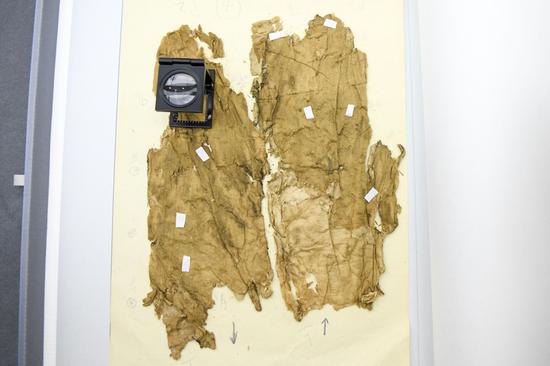

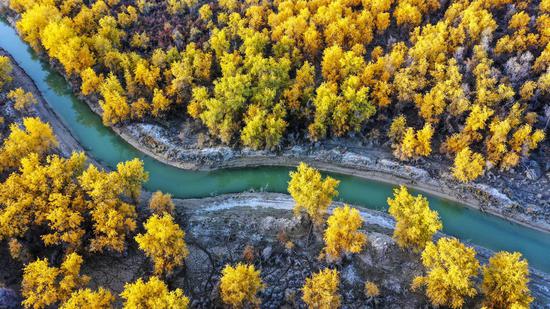

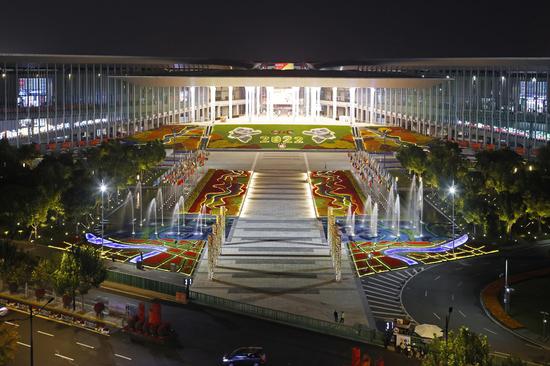
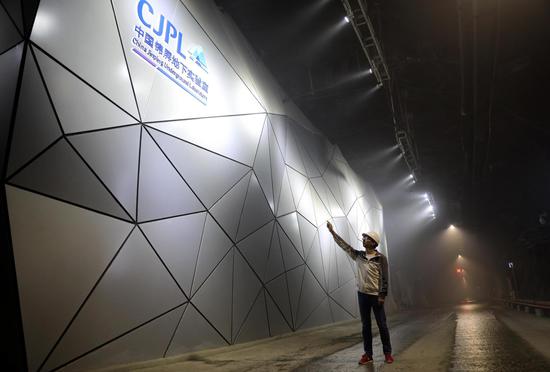
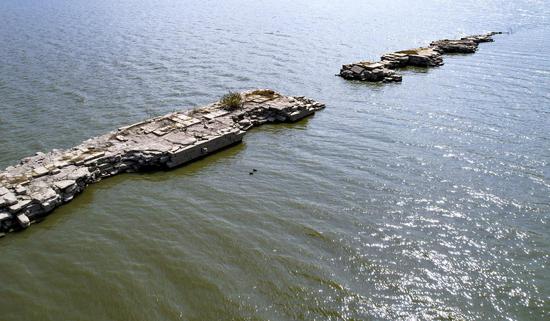

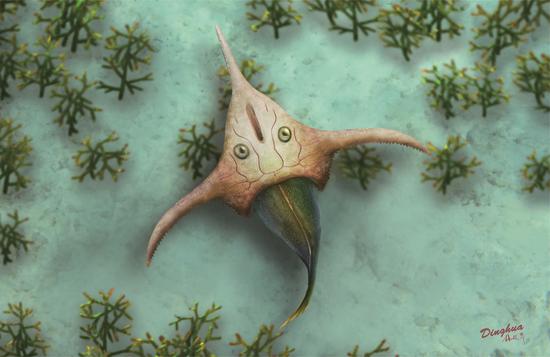
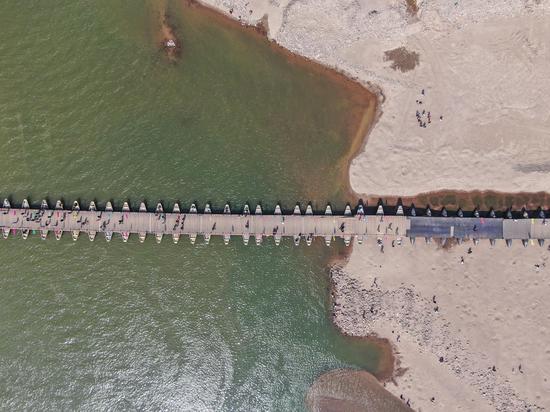
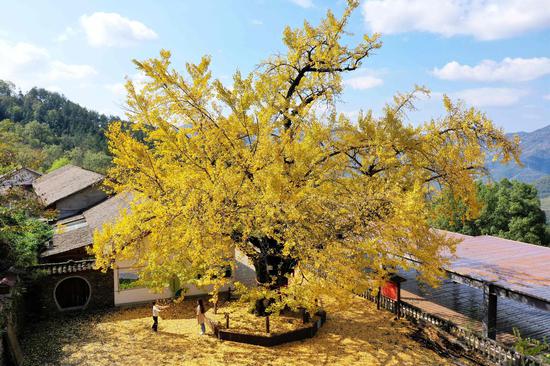


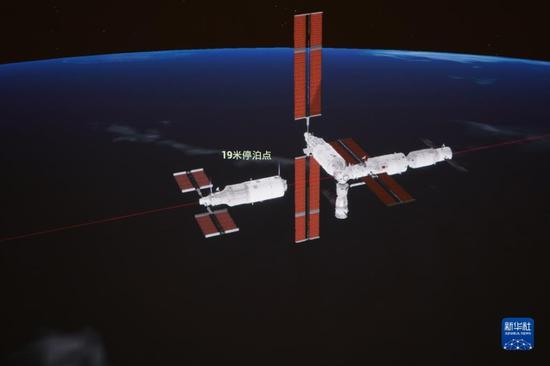
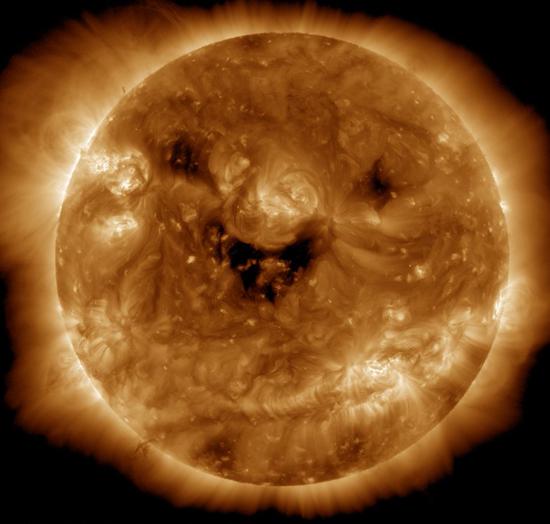
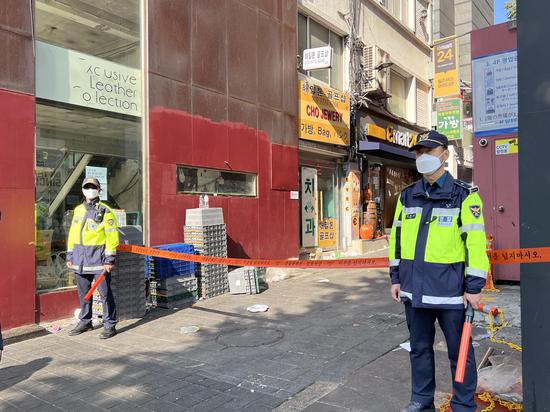
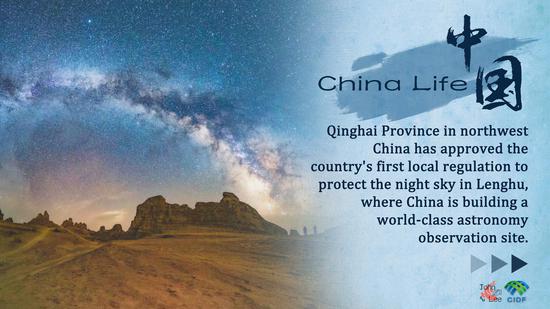

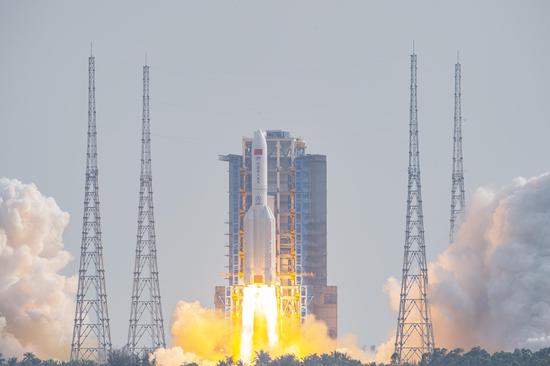

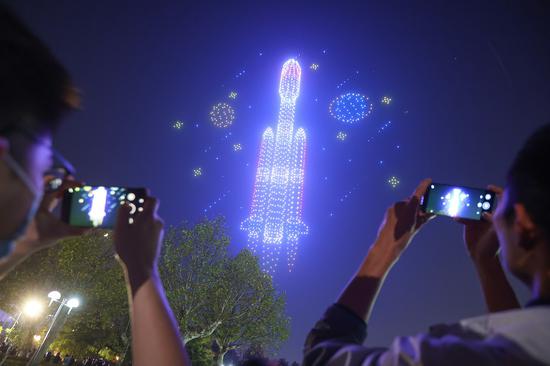





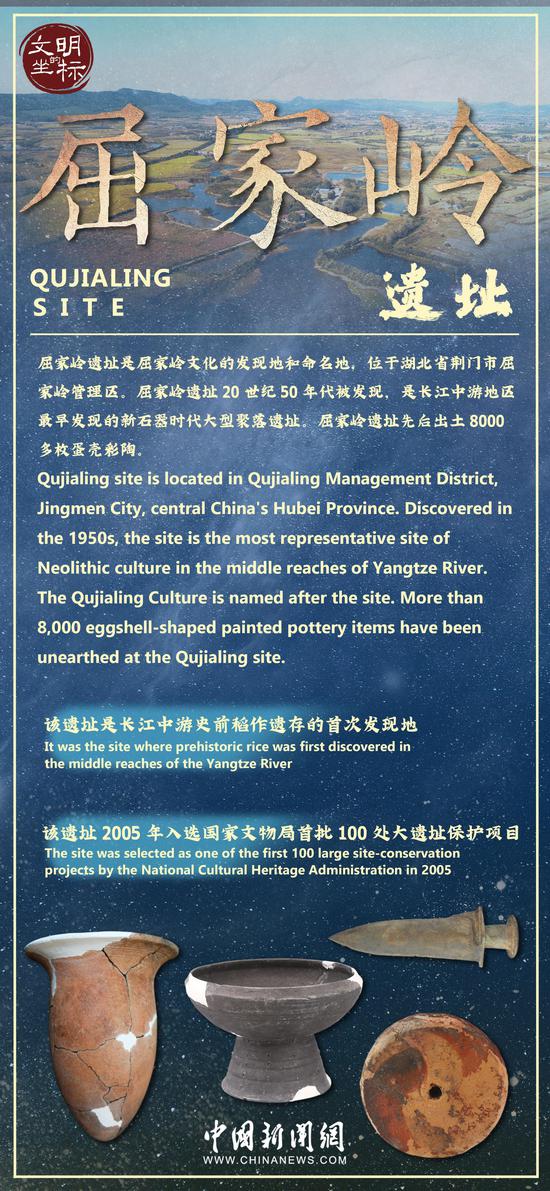
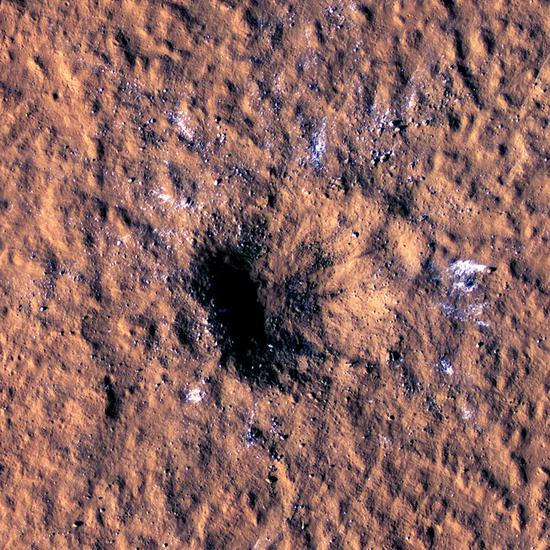
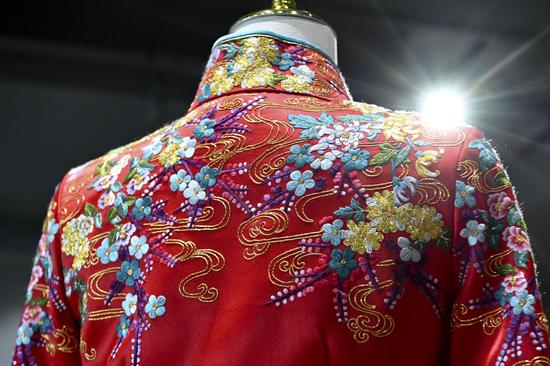
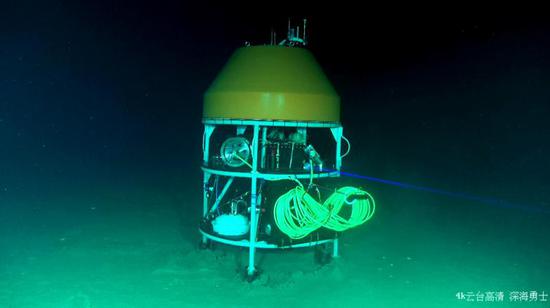
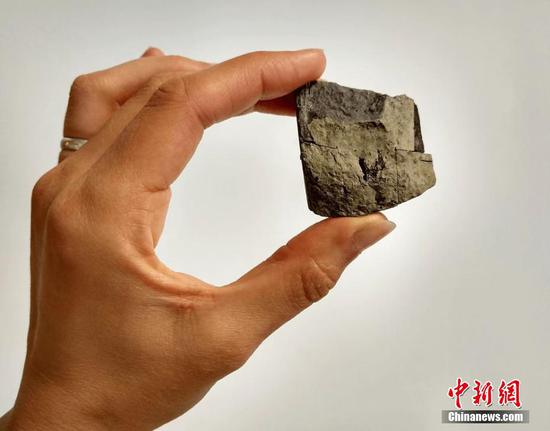



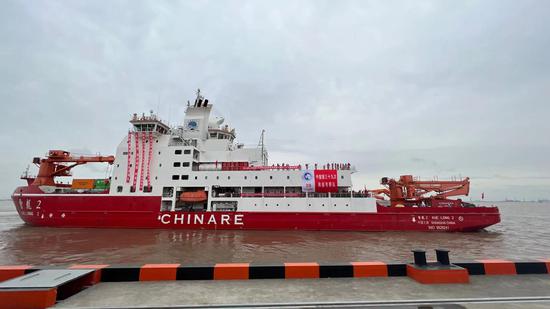
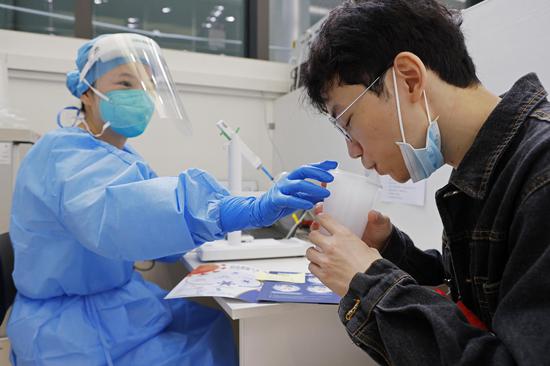
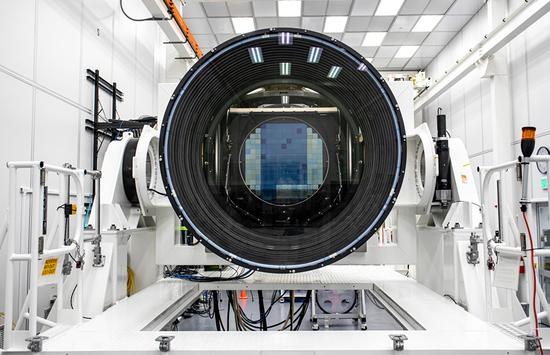



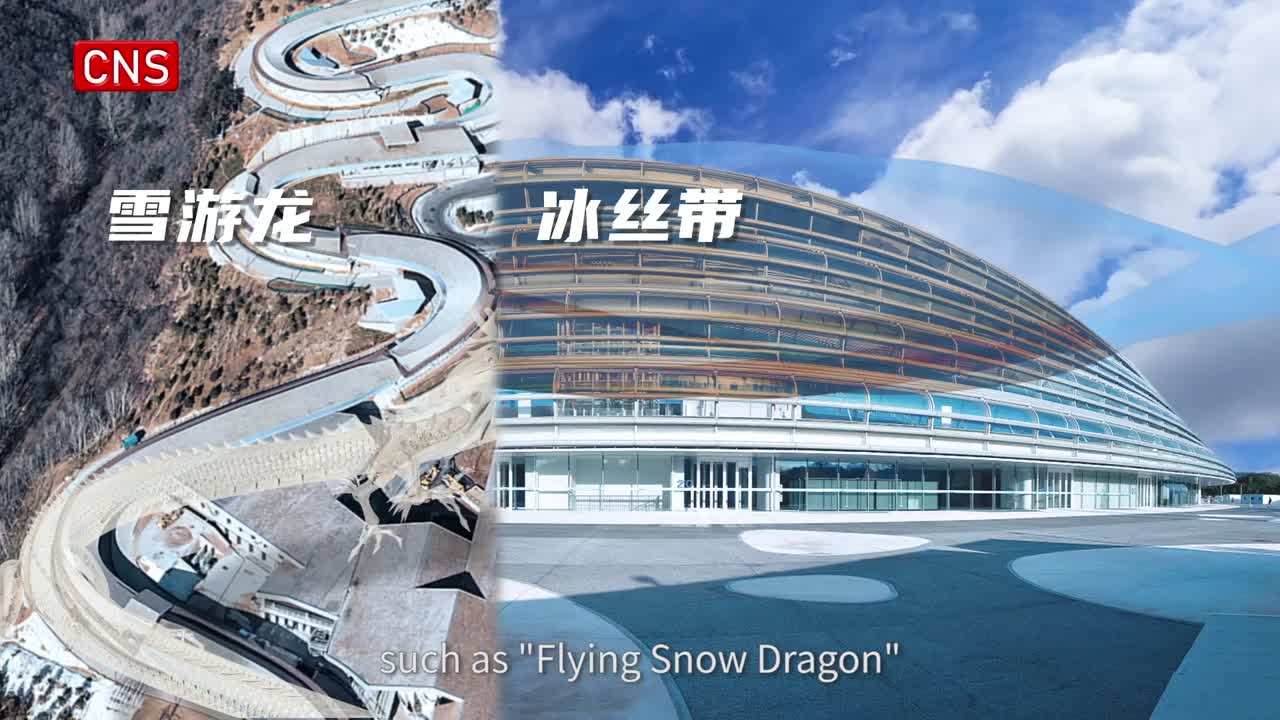

 京公网安备 11010202009201号
京公网安备 11010202009201号